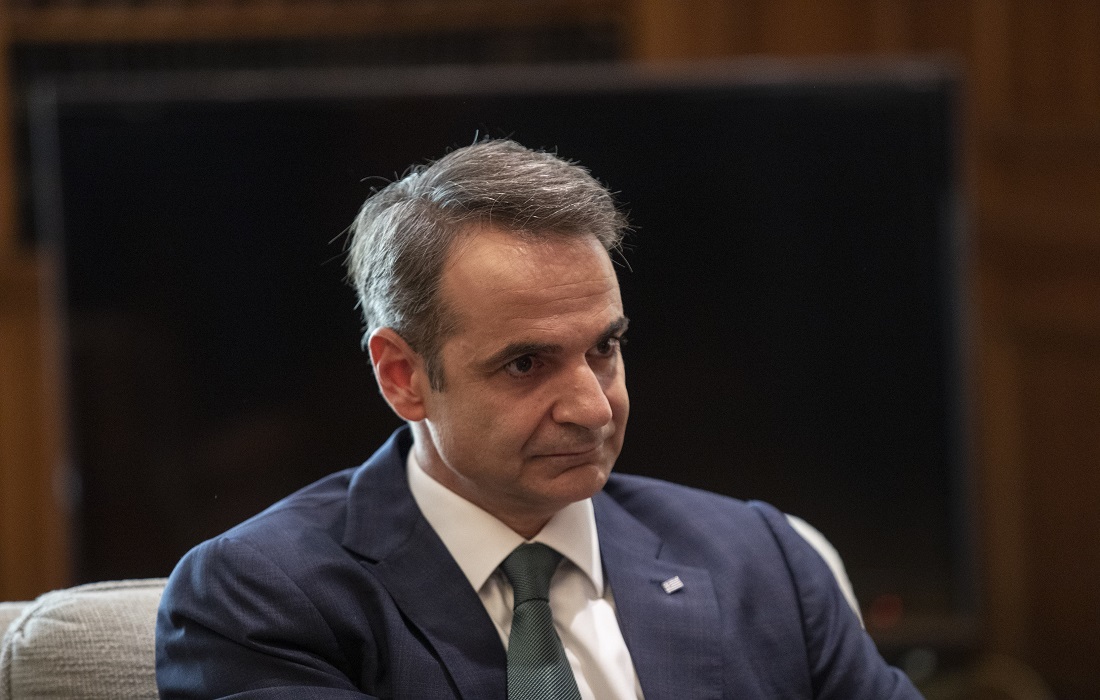“The new geopolitical environment has reduced Europe’s willingness for new relationships of dependence on fuels, minerals or technologies”
“Five simple rules for the green transition” is the title of the Prime Minister’s article Kyriakou Mitsotakis in the Financial Times.
“The European Union’s Green Deal is at a turning point. High energy prices leave no room to burden our economies with additional costs. At the same time, the new geopolitical environment has reduced Europe’s willingness for new relationships of dependence on fuels, minerals or technologies. The EU faces many other challenges. The energy transition must strengthen a broader strategic framework regarding the position that Europe wishes to occupy in the world”, the Prime Minister points out in his article.
Given these challenges, he suggests five simple rules for going green.
“First, we need to focus on efficient use of resources. While European countries continue to burn coal in power plants and oil to heat homes and factories, we are promoting the decarbonisation of ships, planes and the most demanding industrial processes. This emphasis on dealing with all emissions simultaneously is short-sighted. We should expand the use of low-emission technologies that are competitive, while continuing to develop those that are not competitive, but at a slower pace.
It is also becoming increasingly clear that the final steps to achieve climate neutrality will be costly. We have to move carefully, stay flexible and make sure the numbers make sense.
Second, we must preserve technology neutrality as the apple of our eye. For too long we have been behaving as if the energy transition is a morality play. The time has come to leave behind the “garden of good and evil”. Europe signs deals to buy natural gas from America but does not support gas extraction within the EU. There are many resources to finance hydrogen as an energy source, but very little for nuclear power.
We can’t allocate funds based on how we feel about something, we need to invest in technologies that can deliver on what really counts: lower emissions.
Third, we must recommit ourselves to the internal market. There are particularly large price discrepancies in Europe, especially in the cost of electricity. Market consolidation is à la carte and few are willing to share their cheap electricity. Thus, we end up with negative values in one country, while in another they are triple digits. This is nonsense. History teaches us that unification does not happen by itself, it is a political undertaking. We need to promote her to the upper echelons.
Fourth, we need better market governance. Energy markets, especially electricity, are becoming increasingly complex, interdependent and non-transparent. This is a dangerous mix, for a commodity that is vital to human life and Europe’s competitiveness. Market structures pursue the standard definition of efficiency. But in practice the system and its effects on society become politically unworkable. We need to restart the debate on market governance – how prices are set and in which markets, who really has the guarantees to monitor the course of prices and prevent market manipulation at European level.
Fifth and last point: the green transition cannot be an end in itself. For many years Europe has put decarbonisation above all else. Other goals – employment, industrial production, strategic autonomy – were losing out when “confronted” with decarbonisation. We cannot persist in this course. Decarbonisation is vital, but not the only goal. If we have to accept certain emissions for a little longer to save our industries or maintain social cohesion, so be it. These discussions should be held honestly. We cannot start with climate neutrality and hope that everything else will have a happy ending.”
The Prime Minister concludes in his article that “These five rules are simple. In all probability, in themselves, they do not raise doubts. But if we take them seriously – if we strategize around these rules – there is the potential to shape a very different agenda for the EU. I think that’s what we need in 2025. Otherwise, we might win the race to climate neutrality, only to discover we’ve been running the wrong race. We cannot allow this to happen.”
